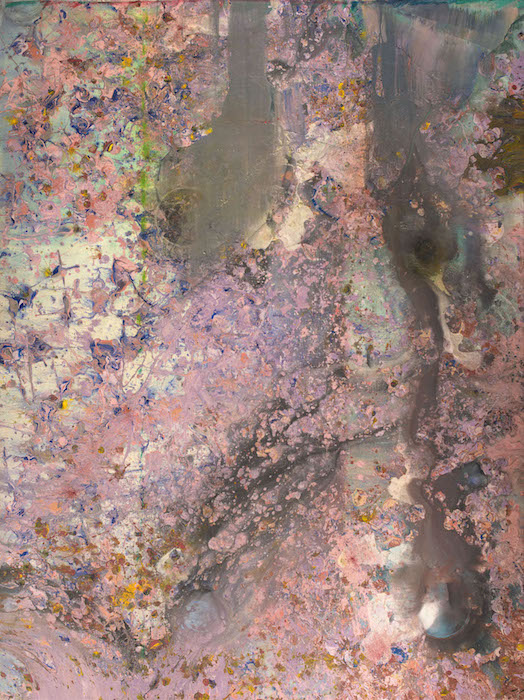Spanning Generations (I)
A series from Frieze Week pairing established and emerging artists at this year’s fair
A series from Frieze Week pairing established and emerging artists at this year’s fair

For the first New York edition of Frieze Week, critic and curator Jonathan Griffin pairs a selection of established and emerging artists being presented at this year’s fair.
With three specially curated feature sections advised by renowned curators Clara M Kim, Jacob Proctor and Fabian Schöneich, Frieze New York is uniquely well configured for visitors to discover the diversity of the global contemporary gallery community and a geographic and generational range of artists.
A platform for galleries opened since 2003, Focus offers a perspective on the artists of tomorrow: galleries and artists from Brooklyn to Bogotá who are setting the international agenda, and, in many cases already gaining institutional recognition. Frame assembles solo presentations by 18 emerging artists, demonstrating both a diversity of positions and a number of common concerns and approaches, whether Gina Beavers’s and Patricia L Boyd’s departure from online photography into, respectively, painting and sculpture, or the complementary explorations of fiber installations by Liu Shiyuan and Phillip Zach.
Spotlight, meanwhile, dedicates space to underrepresented twentieth-century work, whether lesser-known moments in the careers of recognized artists (such as Mary Kelly’s mid-1980s installations, or Jo Baer’s early gouaches); artists coming into or returning to critical attention (such as Robert Filliou and Alan Shields); or artists working from a non-Western perspective (such as Zahoor ul Akhlaq, Abraham Palatnik, and SH Raza.)
Frank Bowling
Spotlight
“It’s impossible to escape race, but I don’t want it in my studio,” Frank Bowling said in 2007. The British Guyana-born artist has fought throughout his career to forge a path that is authentically personal. Born in 1936, Bowling graduated from London’s Royal College of Art in the 1960s. In its embrace of pop-cultural references, his painting showed a kinship with that of his classmates Derek Boshier, David Hockney, and RB Kitaj. Later that decade, his work took a turn for the abstract, featuring ghostly world maps that placed South America at the center of the globe. He moved on to produce “Color Field” paintings, admired by Clement Greenberg, that were stained with luscious, Turner-esque explosions of pink and gold and, later, cascading waterfalls of viscous, dripping acrylic.
In 1975, after several years in New York City, Bowling returned to London. In the 1980s, he experimented with chemicals spattered onto wet canvases, and fixed objects—such as the lids of the jars in which he mixed paint—directly to the surface of his paintings.
Josh Brand
Focus

New York–based Josh Brand is not a photographer, in the strict sense, though his work often relies on the projection of light onto sensitive paper. He might use a photocopier or an inkjet printer, but he is not strictly a printmaker either, because many of his prints also bear the traces of inks and other paints or chemicals applied with a brush, or just poured on. The titles of his previous exhibitions—“Nature” (2012), “Face” (2014), or “Peace Being” (2015), for example—suggest a linked if elusive set of fundamental subjects and concerns.
Brand was born in Wisconsin and studied in Chicago. Eliding and evading traditional distinctions between techniques and technologies, his pictures might most readily be associated with the expanded photographic output of artists such as Liz Deschenes, RH Quaytman, or Wolfgang Tillmans. What endures with Brand are not questions of categorization, but the works’ emotional depth and visual richness, even when they seem at the brink of being formally exhausted.
Frank Bowling and Josh Brand will be presented at Frieze New York 2016 by Hales (Stand D26) and Misako & Rosen (Stand C33) respectively.
This is the first in a 4-part series. The full article appears in the first New York edition of Frieze Week magazine published in April.
Read part II: Nancy Holt and David Ireland
Frieze Week magazine is the insiders’ guide to our art fairs with a preview of the best works on view, news of curated projects and talks, and tips on the most important exhibitions and events taking place around town. Frieze Week is published in anticipation of Frieze New York in May and Frieze London & Masters in October.




















